
Efficient field technician scheduling is crucial for ensuring timely service delivery, customer satisfaction, and optimal resource utilization. Here are ten strategies that leverage workforce management platforms to schedule more jobs – ultimately driving productivity, performance, profitability, and customer loyalty.
- Real-Time Visibility and Tracking: One of the key advantages of workforce management platforms is their ability to provide real-time visibility into field technician locations and job statuses. Leveraging GPS tracking and real-time updates, businesses can allocate jobs based on technician proximity, minimizing travel time and maximizing job completion rates. This strategy optimizes field service schedules by minimizing downtime and reducing travel costs.
- Dynamic Scheduling: Workforce management platforms offer dynamic scheduling capabilities, allowing businesses to adapt to changing circumstances and allocate resources on-demand. By integrating real-time data on technician availability, locations, and job requirements, these platforms optimize schedules for maximum efficiency. This flexibility ensures that every available time slot is utilized effectively, leading to an increase in the number of jobs scheduled per technician.
- Skill-Based Scheduling: Matching the right technician to the right job is crucial for timely and high-quality service delivery. Workforce management platforms allow businesses to assign jobs based on technicians’ skill sets, certifications, and experience. This strategy ensures that each job is handled by the most qualified technician, leading to faster job completion and higher customer satisfaction.
- Optimized Route Planning: Efficient route planning is essential for minimizing travel time and maximizing job completion rates. Workforce management platforms use advanced algorithms to optimize technician routes based on factors such as traffic patterns, job locations, and service windows. By reducing unnecessary travel, businesses can schedule more jobs per day, enhancing both productivity and profitability.
- Mobile Access and Communication: Modern workforce management platforms offer mobile apps that empower field technicians with real-time job updates, customer information, and navigation assistance, and time tracking features. By equipping technicians with these tools, businesses can reduce administrative delays, minimize communication gaps, and ensure that technicians can efficiently handle more jobs throughout the day while payroll is up to date.
- Automated Appointment Booking: Integrating automated appointment booking through the workforce management platform empowers customers to schedule services at their convenience. This not only enhances customer satisfaction but also ensures that technicians’ schedules remain filled. By allowing customers to choose from available time slots, the platform eliminates scheduling gaps and enhances overall operational efficiency.
- Automated Work Order Generation: Streamlining the work order generation process through workforce management platforms saves valuable time and ensures accuracy. These platforms can automatically generate work orders based on customer requests and schedule availability, eliminating manual data entry and reducing the risk of errors. This automation enables businesses to schedule more jobs without compromising on quality.
- Predictive Analytics: Leveraging predictive analytics, workforce management platforms can forecast service demand and technician availability. By analyzing historical data and seasonal trends, businesses can anticipate busy periods (especially during peak times) and allocate resources accordingly. This proactive approach enables businesses to schedule more jobs during peak demand periods while maintaining a balanced workload during quieter times.
- Resource Sharing and Collaboration: Some workforce management platforms enable resource sharing and collaboration between businesses within the same industry. This allows companies to pool their resources and share field technicians based on proximity and availability. By tapping into a larger pool of technicians, businesses can schedule more jobs collectively, optimizing resource utilization and expanding their service reach.
- Performance Analytics and Continuous Improvement: Workforce management platforms provide insights into technician performance, job completion times, and customer satisfaction ratings. By analyzing this data, businesses can identify areas for improvement and refine their scheduling strategies over time. This data-driven approach enhances efficiency, allowing businesses to gradually increase the number of scheduled jobs while maintaining high service standards.
Workforce management platforms help organizations optimize scheduling processes, allocate jobs strategically, and achieve higher job completion rates. By embracing technology, organizations can schedule more jobs for their field technicians while enhancing customer satisfaction and driving overall operational excellence.
Schedule a custom demo to see how TeamWherx® can help your construction firm digitize and automate workflows to help drive better productivity and performance.
Share this post:
About the author : Actsoft Team
Actsoft’s team of industry experts have their fingers on the business world’s pulse. It’s our mission to deliver the latest news to keep you and your leaders on top of the latest trends, further helping you to excel and exceed your goals.
















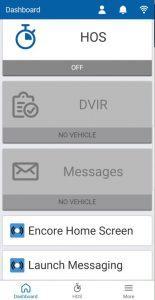
 Encore & Geotab Drive
Encore & Geotab Drive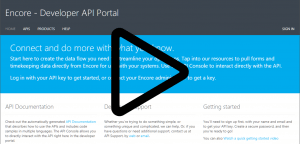
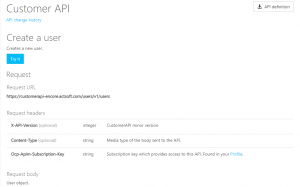
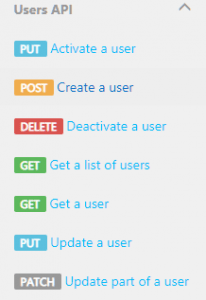
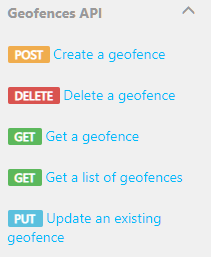

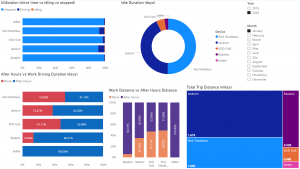
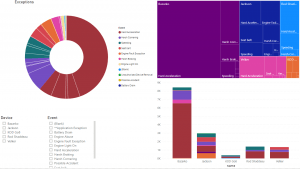
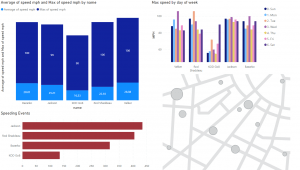
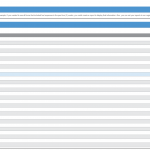
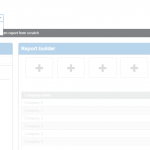
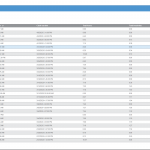
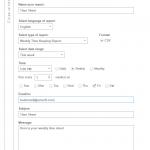




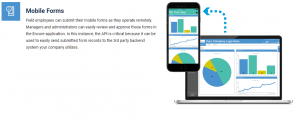
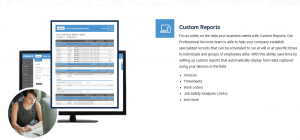
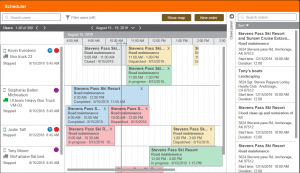
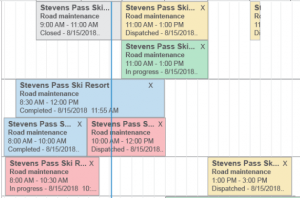
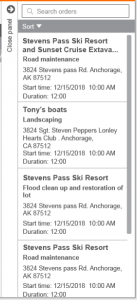
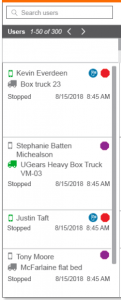
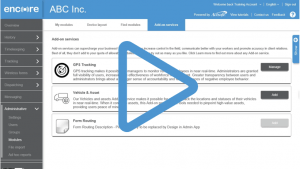
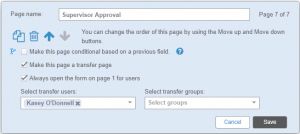
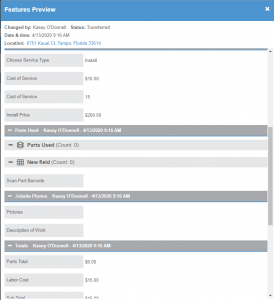
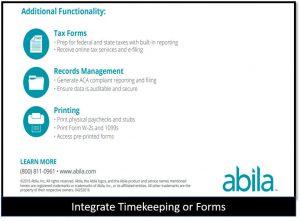
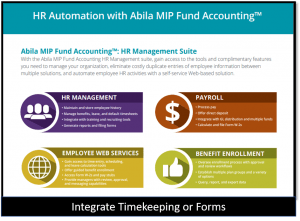
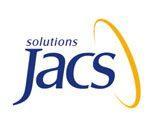
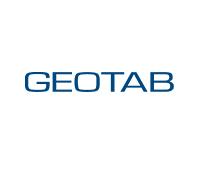 Gain even greater insight into the daily activities of your fleet using the combination of Geotab and Actsoft. Geotab devices provide detailed data collection and seamless integration with our solutions; learn more about the ways your vehicles are being used daily with the power of this tandem.
Gain even greater insight into the daily activities of your fleet using the combination of Geotab and Actsoft. Geotab devices provide detailed data collection and seamless integration with our solutions; learn more about the ways your vehicles are being used daily with the power of this tandem.


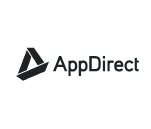
 Actsoft partnered with Odin to provide our solutions overseas, through payment processing integrations. Odin helps us support user management for our software; customers can also purchase our products through Odin’s billing platform.
Actsoft partnered with Odin to provide our solutions overseas, through payment processing integrations. Odin helps us support user management for our software; customers can also purchase our products through Odin’s billing platform.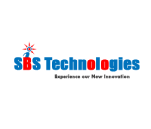

 VisTracks powers our Electronic Logging Device (ELD) solution, which enables transportation businesses to easily automate their hours of service logs, remain in governmental compliance, and reduce their potential to incur costly fines.
VisTracks powers our Electronic Logging Device (ELD) solution, which enables transportation businesses to easily automate their hours of service logs, remain in governmental compliance, and reduce their potential to incur costly fines. Integration between Actsoft solutions and BeWhere’s software products is available. Take your team’s asset tracking, cellular data connectivity, and field insight a step further with effective, cross-application compatibility.
Integration between Actsoft solutions and BeWhere’s software products is available. Take your team’s asset tracking, cellular data connectivity, and field insight a step further with effective, cross-application compatibility.
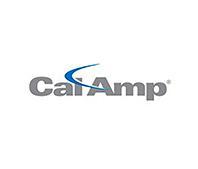 CalAmp tracking devices for vehicles and assets alike are compatible with Actsoft solutions, making it easy for you to efficiently monitor your equipment and fleet cars. Help your team enhance accountability, safety, and savings through a combination of easily installed hardware and intuitive software.
CalAmp tracking devices for vehicles and assets alike are compatible with Actsoft solutions, making it easy for you to efficiently monitor your equipment and fleet cars. Help your team enhance accountability, safety, and savings through a combination of easily installed hardware and intuitive software.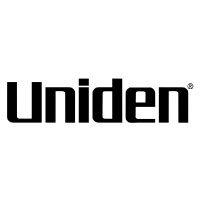 Our partnership with Uniden is ideal for companies looking to gain advanced diagnostics on their fleets. Uniden’s extensive product listing of car electronics like radios, dash cams, radar detectors, and in-vehicle communicators work in concert with Actsoft’s solutions to better connect your vehicles to the company headquarters.
Our partnership with Uniden is ideal for companies looking to gain advanced diagnostics on their fleets. Uniden’s extensive product listing of car electronics like radios, dash cams, radar detectors, and in-vehicle communicators work in concert with Actsoft’s solutions to better connect your vehicles to the company headquarters.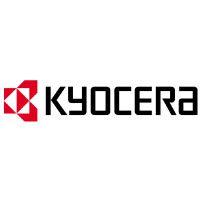 Kyocera offers a wide range of mobile devices, ranging in design from traditional phones to ultra-durable handset technology. Actsoft is able to equip organizations in a variety of different industries with solutions for improved business, while Kyocera supplies the technology they can flawlessly operate on.
Kyocera offers a wide range of mobile devices, ranging in design from traditional phones to ultra-durable handset technology. Actsoft is able to equip organizations in a variety of different industries with solutions for improved business, while Kyocera supplies the technology they can flawlessly operate on.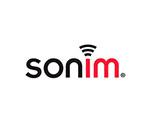

 Our software is the perfect complement to Apple’s user-friendly technology. Equip your workforce with the devices and solutions it needs for optimized productivity during daily operations with Apple and Actsoft.
Our software is the perfect complement to Apple’s user-friendly technology. Equip your workforce with the devices and solutions it needs for optimized productivity during daily operations with Apple and Actsoft.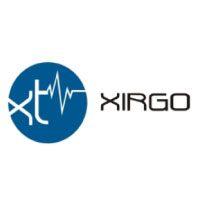
 Actsoft and Sanyo teamed up to merge intuitive business management software with the technology of today. This partnership allows us to provide you with all the tools your team needs for improved workflows, better coordination, and optimized productivity.
Actsoft and Sanyo teamed up to merge intuitive business management software with the technology of today. This partnership allows us to provide you with all the tools your team needs for improved workflows, better coordination, and optimized productivity. Motorola’s mobile technology works in tandem with our solutions to provide extra versatility to your business practices. Coupled with our software’s features, Motorola’s reliable devices make connecting your workforce simpler than ever to do.
Motorola’s mobile technology works in tandem with our solutions to provide extra versatility to your business practices. Coupled with our software’s features, Motorola’s reliable devices make connecting your workforce simpler than ever to do. We’re able to bundle certain solutions of ours (including our Electronic Visit Verification options) with Samsung devices to help your team achieve as much functionality as possible, while keeping rates affordable. Use these combinations for accurate recordkeeping, improved communication, and smarter data collection in the field.
We’re able to bundle certain solutions of ours (including our Electronic Visit Verification options) with Samsung devices to help your team achieve as much functionality as possible, while keeping rates affordable. Use these combinations for accurate recordkeeping, improved communication, and smarter data collection in the field.